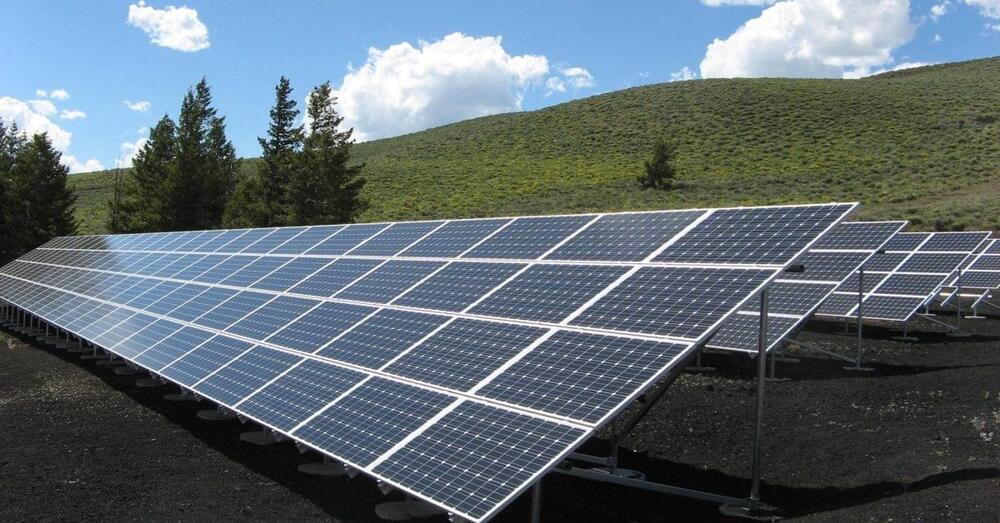Government-funded solar panel based standalone power system installations in WA’s Esperance region completed, with more on the way.
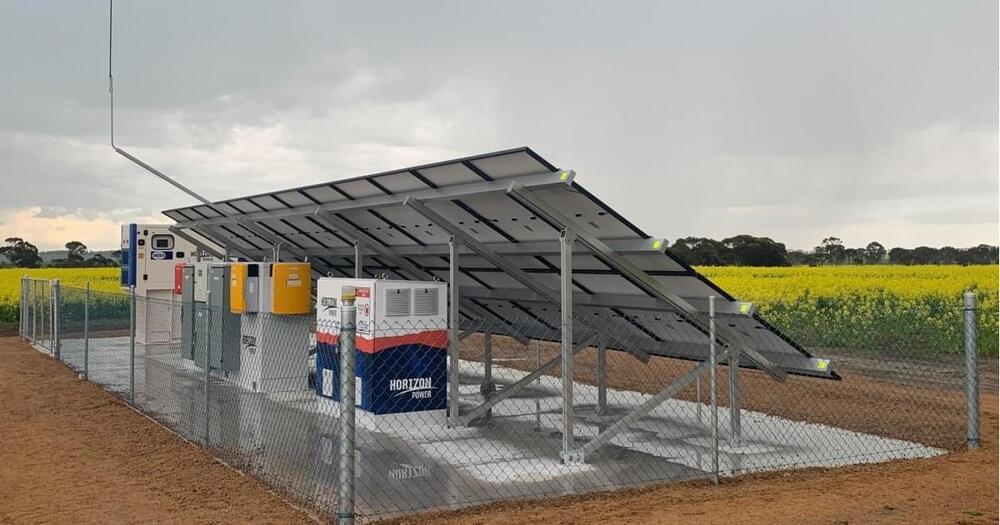

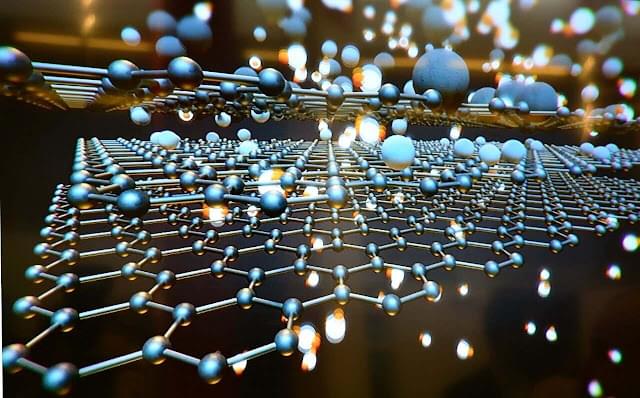
From the Terminator to Spiderman’s suit, self-repairing robots and devices abound in sci-fi movies. In reality, though, wear and tear reduce the effectiveness of electronic devices until they need to be replaced. What is the cracked screen of your mobile phone healing itself overnight, or the solar panels providing energy to satellites continually repairing the damage caused by micro-meteorites?
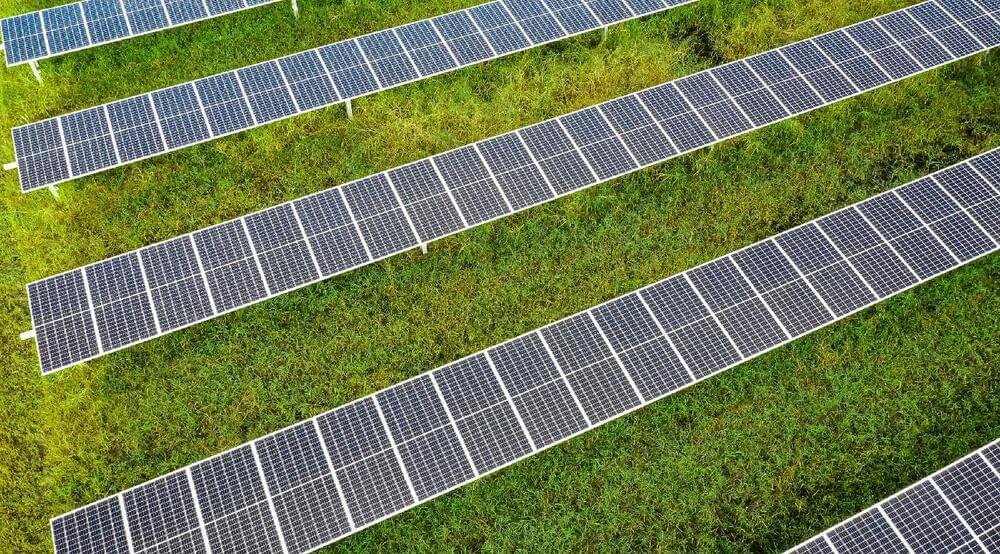
The renewable energy firm Savion is building the 200 megawatts Martin County Solar Project on a former coal mine on the border of Kentucky and West Virginia.
The solar energy generation facility will be located on approximately 1,200 acres on the old Martiki mine site in Martin County, interconnecting with Kentucky Power’s 138-kilovolt Inez Substation. The old Martiki coal mine is an abandoned mountain-top strip mine that was shut down in the 1990s. When completed, the project will produce enough energy to power the equivalent of more than 33,000 Kentucky homes.
The Martin County project that includes up to a $231 million investment recently cleared its last regulatory hurdle. It may be the biggest utility-scale coal-to-solar project in the country. The coal mine in Kentucky was one of the roughly 130,000 such sites that the Environmental Protection Agency (EPA) had earmarked for renewable energy projects.
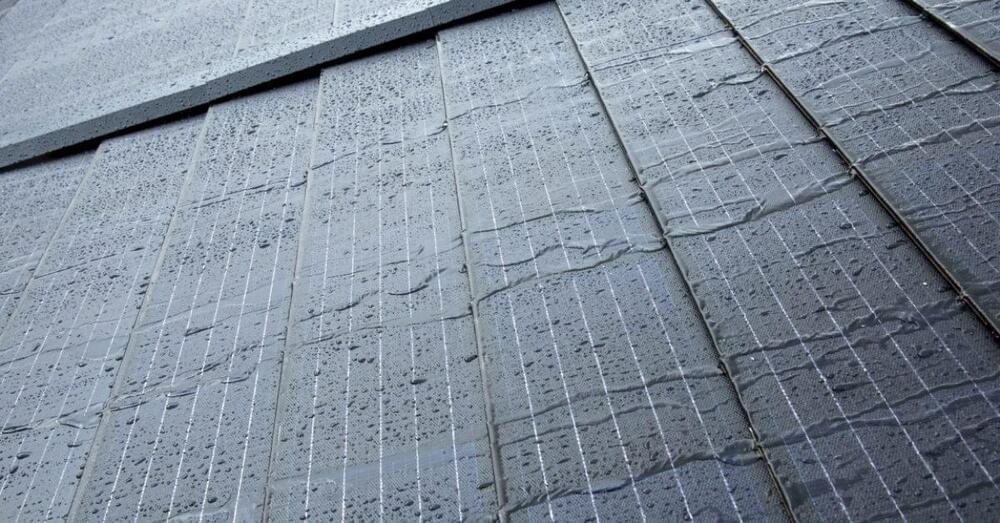
The “world’s first” nailable solar shingle, the Timberline Solar Energy Shingle, is being launched today by GAF Energy, the sister company of GAF, the largest roofing and waterproofing company in North America.
The Energy Shingle is combined with other standard roofing components to create the “Timberline Solar” roof system. GAF Energy claims to have the only product to integrate solar technology into existing roofing processes and materials, resulting in a full-fledged solar roof.
GAF Energy claims its Energy Shingles have comparable weatherproof performance to GAF’s roofing shingle, the Timberline HD/HDZ.

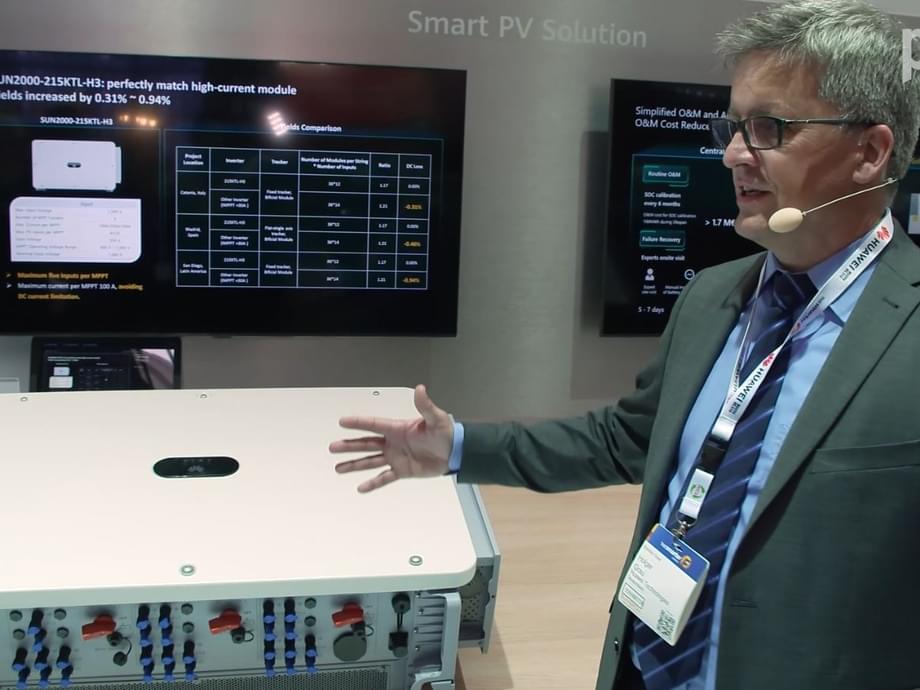
PV Guided Tours 2021: Huawei presents its All-scenario PV & Storage Solution for Europe. It enables high-efficient generation, use and storage of solar power in various applications, such as large-scale PV power plants, commercial, residential and stand-alone solutions. Our video shows all the innovations.
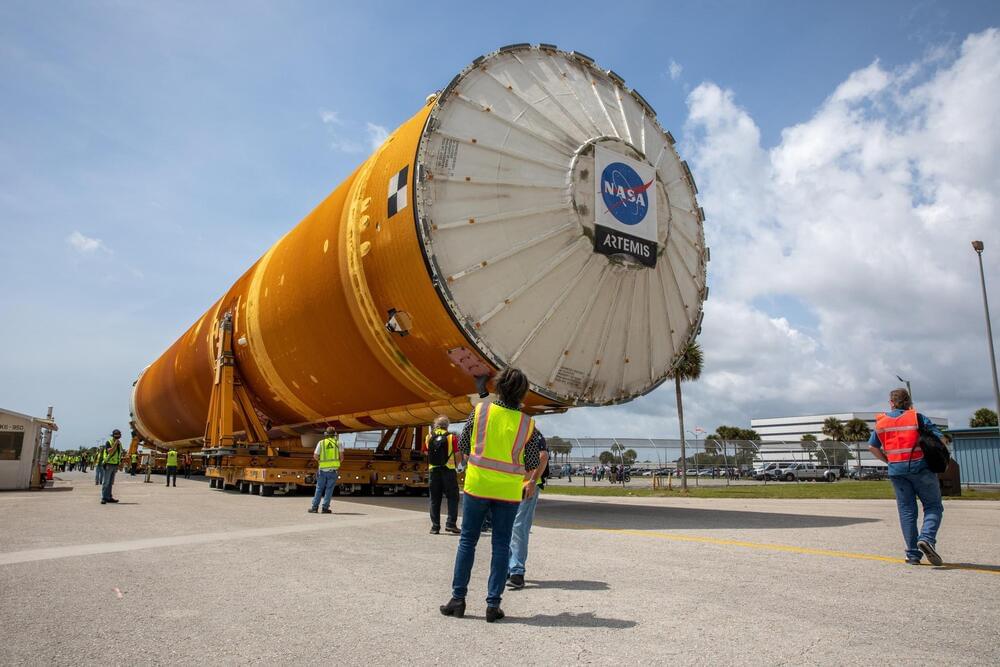
NASA’s Exploration Ground Systems fully assembled NASA’s Space Launch System rocket and Orion Spacecraft, and our launch and recovery teams are fully certified for NASA Artemis I, launching next year. Artemis I will be the uncrewed start of humanity’s return to the Moon! 🌕
Risen Energy Co. is planning to build a 45 billion yuan ($7 billion) integrated solar power factory in Inner Mongolia that’ll run on clean energy.
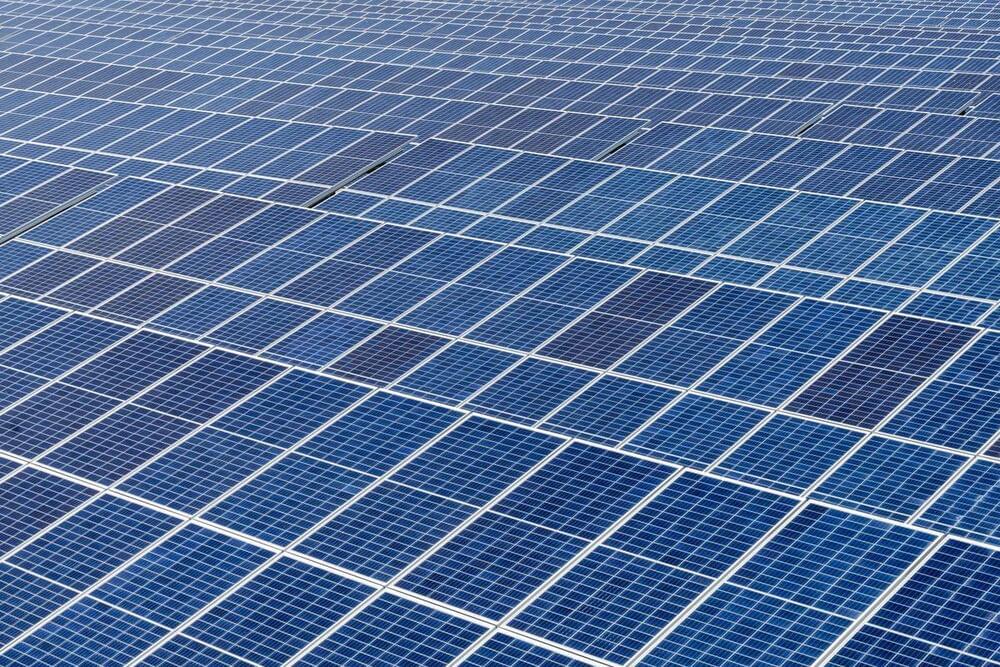
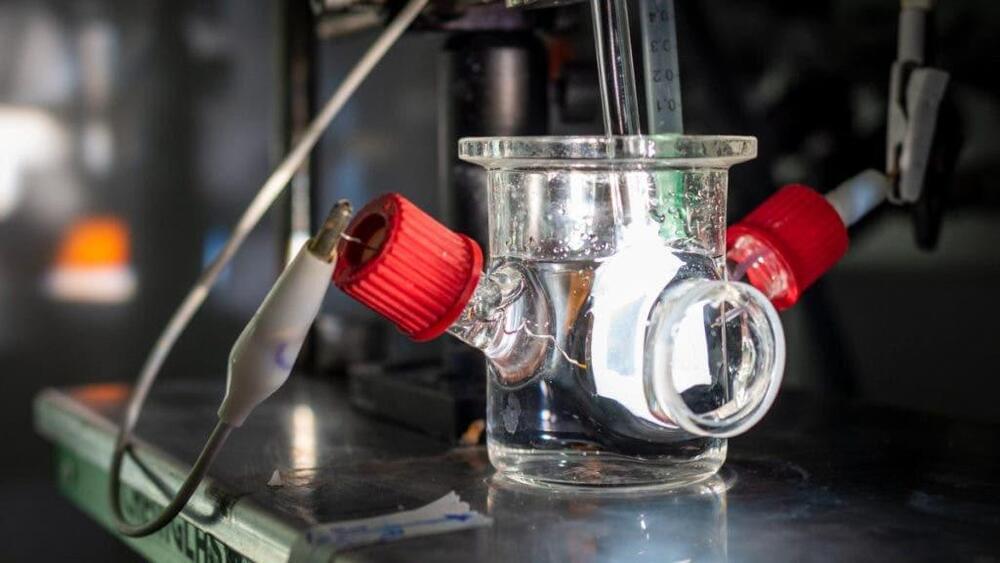
The idea of a human-made device that can process solar energy to make usable fuels has been tantalizing researchers since the 1970s. There being no such thing as a free lunch, it is not so easy to engineer a device that mimics photosynthesis, which Mother Nature perfected a long time ago. Nevertheless, researchers at the Department of Energy’s Lawrence Berkeley Lab in California appear to have solved an important piece of the “artificial leaf” challenge.
Solar Energy & The Artificial Leaf Of The Future
The concept of the artificial leaf first crossed the CleanTechnica radar in the form of a card-sized photoelectrochemical cell, back in 2011. Instead of converting sunlight into electricity, the cell acts as a catalyst that deploys solar energy to break water into oxygen and hydrogen.
